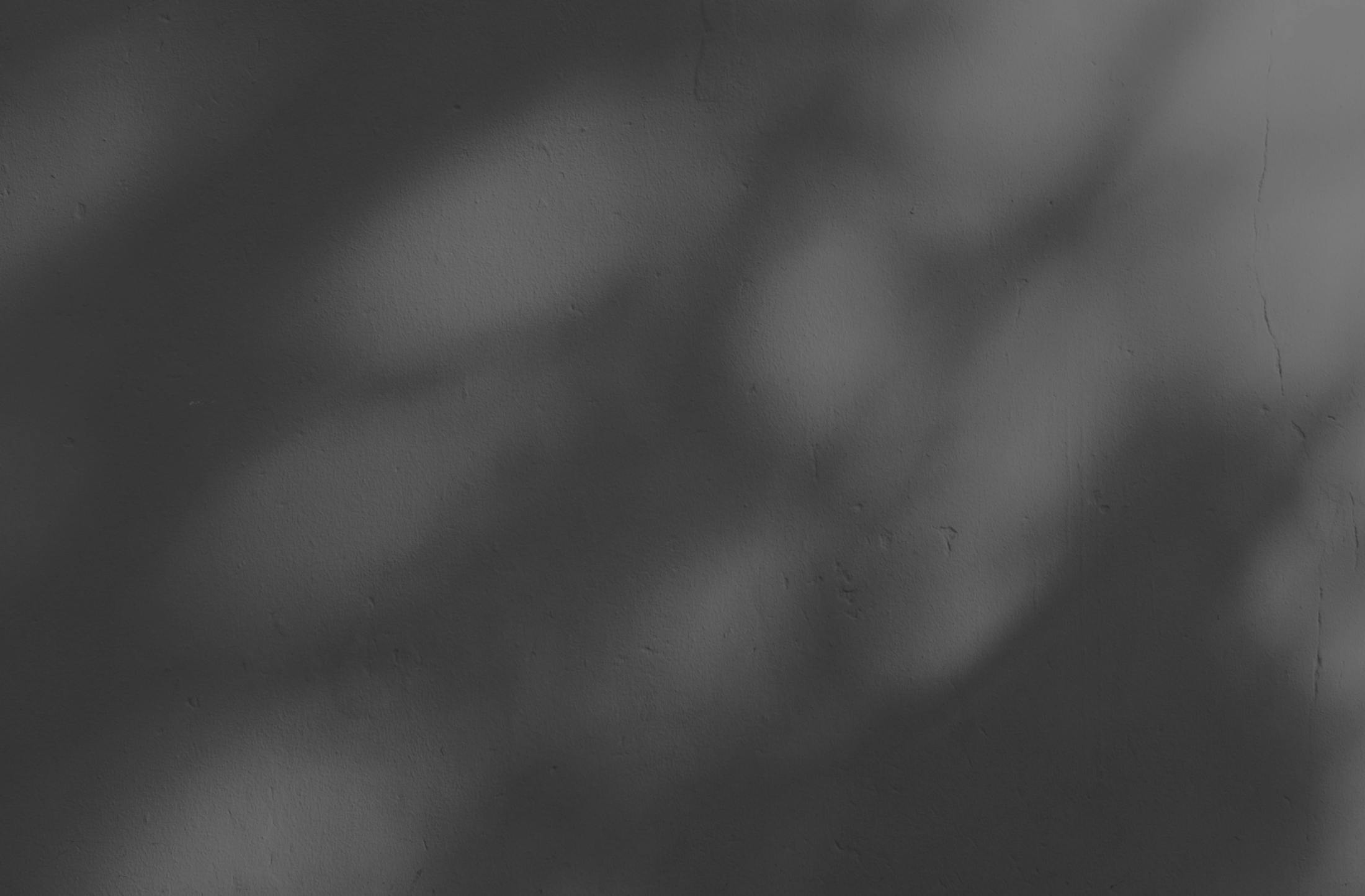The Approach Towards Treatment Will Depend on Multiple Factors, Including…
- The depth of the injury
- The location of the scar
- The blood supply to the scar
- The skin’s tone and texture
- Age
- General health
- Current medications

Scars can range from merely unattractive to downright disfiguring and can take a heavy emotional toll, especially when they are highly visible, such as those on the face or hands. Dr. Gabriel is extremely sensitive to his patients suffering from scars and is dedicated to helping them improve both their appearance and their confidence.
Today’s innovative technology offers dozens of scar revision techniques that can reduce the appearance of scars and, in some cases, improve functionality. These methods include laser therapies, microneedling, Z-plasty, demabrasion, and skin grafting.

Dr. Gabriel is able to treat many different types of scars and can provide a strategy for scar revision that caters to your specific needs, lifestyle, and aesthetic goals. Scars can never be completely eradicated, but they can be reduced, relocated or camouflaged.
A hypertrophic scar results from the body’s overproduction of collagen in response to an injury or trauma of some kind. Hypertrophic scars will look red and raised and may impede movement if they happen to be located near a joint.
Like hypertrophic scars, keloid scars occur when the body produces too much collagen in reaction to trauma. Keloids can be treated best with steroids, which may help to shrink them, or they are also good candidates for surgical intervention.
These types of scars may appear depressed or indented, or they will simply lie flat. They may resemble hyperpigmentation. An atrophic scar is the result of the body’s inability to regenerate tissue, resulting in an unbalanced terrain. After acne or chickenpox, one will often see atrophic scarring.

Topical treatments are creams, gels, ointments, lotions, and serums applied directly to the skin. They are formulated to help improve the tone and texture of scarred skin and most typically contain Vitamins C and E and other natural yet potent ingredients.
Dermabrasion gently removes the outer layer of damaged skin, leaving behind a more uniformly toned and textured complexion. It is very effective in treating acne and other atrophic scars.
Laser therapy is an invaluable tool in the scar revision arsenal. Laser treatments can help reduce the appearance of scars while creating a smoother skin texture with better skin tone. Laser treatments are ideal for helping to combat the negative effects of sun damage.
In this case, Dr. Gabriel will take sections of skin from another area of the body, the donor site, and graft them over the scarred area. This is an extremely effective method for reducing the appearance of very severe scars, such as those from third-degree burns.
